Against a backdrop of aging buildings and infrastructure, a low-income immigrant population, gentrification pressures, and climate change, Sustainable Chinatown has identified six bodies of work to meet these challenges.
The strategies described below will complement the work of CCDC, other nonprofit organizations and community partners, and the City by providing additional opportunities for preserving Chinatown’s unique culture, maintaining the affordability of housing and commercial properties, and improving environmental performance. It represents a living document; the work of Sustainable Chinatown may evolve over time as further stakeholder input is sought, or as priorities and opportunities change. Learn more by downloading the full report Strategies for a Sustainable Chinatown .
Strategy 1
Make Public Housing Green
Transform the Ping Yuen public housing projects into a model for healthy and environmentally sustainable affordable housing rehabilitation.
Key Actions
Baseline green scope: Complete rehabilitation of Ping Yuen buildings with high-efficiency windows, insulation, LED lighting and new appliances.
Solar installations: Install solar photovoltaic installation at Ping Yuen buildings.
Strategy 2
Acquire, Preserve, And Upgrade Private Buildings
Preserve affordability while improving living conditions and environmental performance of Chinatown’s building stock.
Key Actions
Focus Groups: Engage building owners to gauge interest in retrofits and energy efficiency upgrades.
Pilot Acquisition/Rehab Project: Complete acquisition and rehabilitation pilot project (462 Green Street, a 6-unit apartment building) with energy and water efficiency upgrades. Expand program to target other Chinatown buildings.
Energy & water efficiency programs: Connect Chinatown community to existing programs (City/state/federal, nonprofit, and private) or create new programs that could help finance private building improvements. Build a financial feasibility model for 1-2 SRO buildings in Chinatown to demonstrate how a building owner could achieve upgrades while maintaining affordability for residents.
Strategy 3
Improve Public Realm to Better Serve Residents and the Environment
Influence City open space planning efforts with a sustainability and health lens & identify new open space and urban greening opportunities.
Key Actions
Groundplay: develop and implement a temporary park, plaza, or alleyway improvement with the Chinatown Committee for Better Parks and Recreation.
Portsmouth Square: Engage in the park redesign effort with a focus on opportunities for urban greening and sustainability improvements (i.e. efficient irrigation systems, permeable surfaces, and rain gardens).
Urban greening and green infrastructure: Identify green infrastructure opportunities, such as tree canopies and rain gardens at parks, streets and alleys.
Strategy 4
Explore District Water and Green Infrastructure
Explore green infrastructure upgrades at the district scale in close collaboration with SFPUC.
Key Actions
Water balance study: Monitor water use at the neighborhood level. Identify infrastructure investments to help offset water usage.
Green Infrastructure Coordination: Partner with City agencies to conduct financial analysis and incrementally build out sustainable infrastructure network.
Strategy 5
Use Open Data to Drive and Monitor Success
Track key statistics and periodically report on progress.
Key Actions
Data tracking: Track key indicators and periodically report on progress.
Website: develop a StoryMap, dashboard or other way of making data more accessible to a wider audience.
Potential additional data analysis: refine energy and water data analysis.
Strategy 6
Engage Community Stakeholders & Deepen Partnerships
Elevate work of Sustainable Chinatown among stakeholders and Chinatown community and develop partnerships to advance our work.
Key Actions
Endorsements: map key decision makers and influencers and seek their endorsement of the plan.
Community outreach: Engage residents, nonprofits, businesses, and other key stakeholders to support the work of Sustainable Chinatown.
Next » Read about related projects in Chinatown.




